Health and Wellness Trends
The Cookies Market is adapting to the rising health and wellness trends among consumers. There is a growing demand for cookies that are lower in sugar, gluten-free, or enriched with functional ingredients such as protein and fiber. This shift is indicative of a broader movement towards healthier snacking options. Market analysis reveals that health-oriented cookies have captured a significant share, with sales increasing by approximately 30% over the past year. As consumers become more health-conscious, manufacturers are reformulating their products to meet these expectations, thereby expanding their market reach and catering to diverse dietary needs.
Innovative Flavors and Ingredients
The Cookies Market is witnessing a surge in demand for innovative flavors and unique ingredients. Consumers are increasingly seeking out cookies that offer novel taste experiences, such as exotic spices, gourmet chocolate, and organic components. This trend is driven by a desire for personalization and culinary exploration. According to recent data, the introduction of unique flavor profiles has led to a 15% increase in sales for brands that embrace creativity in their product lines. As a result, companies are investing in research and development to create cookies that cater to adventurous palates, thereby enhancing their market presence and appealing to a broader audience.
Sustainability and Ethical Sourcing
Sustainability has emerged as a pivotal driver in the Cookies Market, with consumers increasingly prioritizing products that are ethically sourced and environmentally friendly. Brands that adopt sustainable practices, such as using organic ingredients and eco-friendly packaging, are likely to resonate with a conscientious consumer base. Data suggests that cookies marketed as sustainable have experienced a 25% growth in sales, reflecting a shift in consumer preferences towards responsible consumption. This trend compels manufacturers to reevaluate their supply chains and production methods, ensuring that they align with the values of their target audience while enhancing brand loyalty.
Convenience and On-the-Go Consumption
The Cookies Market is significantly influenced by the growing trend of convenience and on-the-go consumption. Busy lifestyles have led consumers to seek snacks that are easy to carry and consume without preparation. Cookies Market, being portable and ready-to-eat, fit perfectly into this demand. Recent statistics indicate that single-serve packaging has seen a 20% rise in popularity, as it caters to the needs of consumers looking for quick and satisfying snacks. This shift towards convenience is prompting manufacturers to innovate their packaging solutions, ensuring that cookies remain fresh and appealing while enhancing their accessibility in various retail environments.
Digital Marketing and Social Media Influence
The Cookies Market is increasingly shaped by the influence of digital marketing and social media platforms. Brands are leveraging these channels to engage with consumers, showcase their products, and build brand loyalty. The rise of influencer marketing has proven particularly effective, with cookie brands collaborating with social media personalities to reach wider audiences. Recent data indicates that companies utilizing social media strategies have seen a 40% increase in customer engagement. This trend underscores the importance of a robust online presence, as it allows brands to connect with consumers in real-time, fostering a community around their products and enhancing overall market visibility.
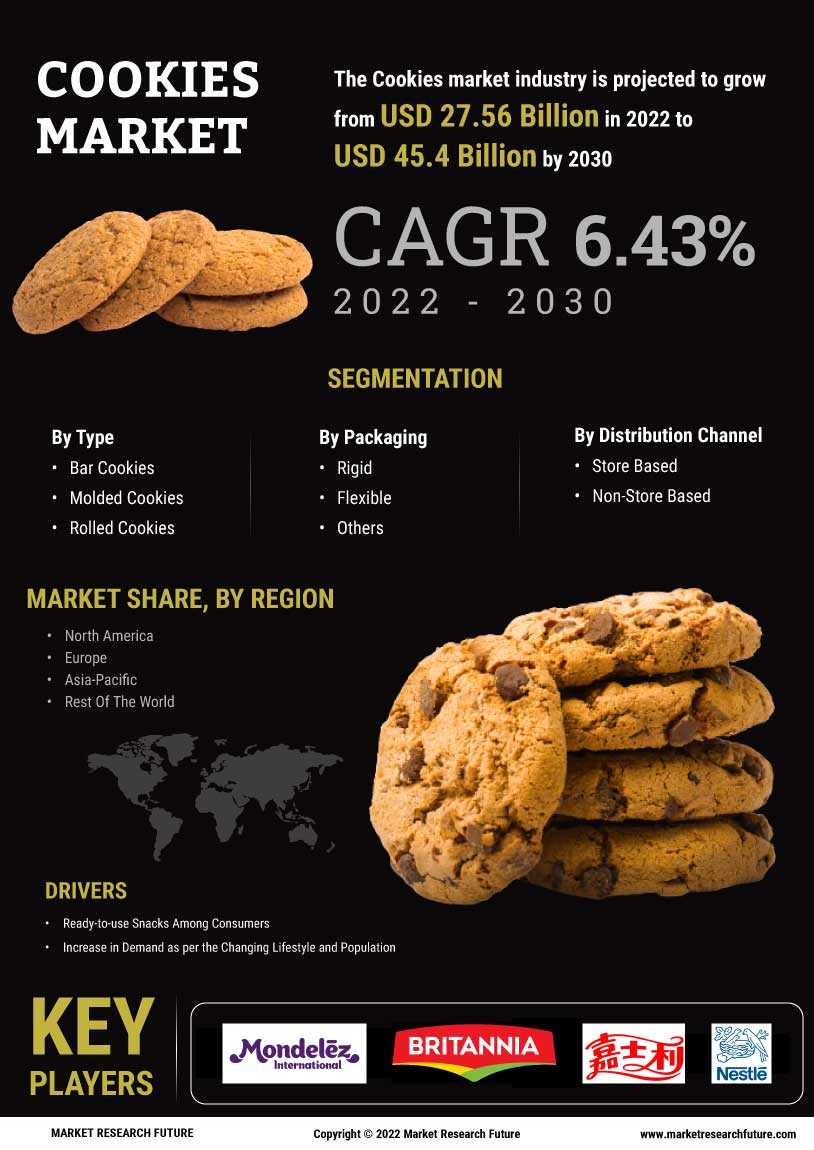

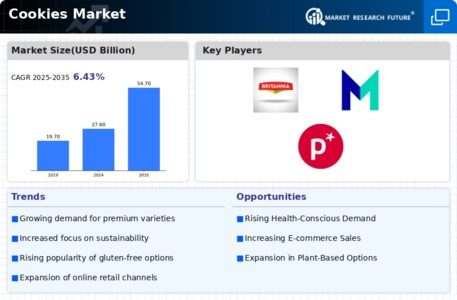
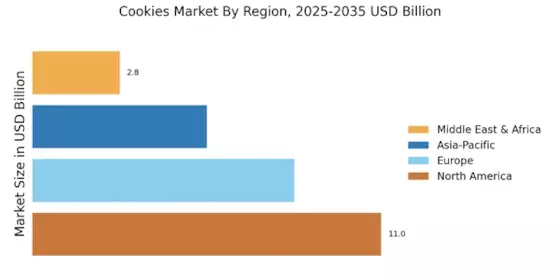
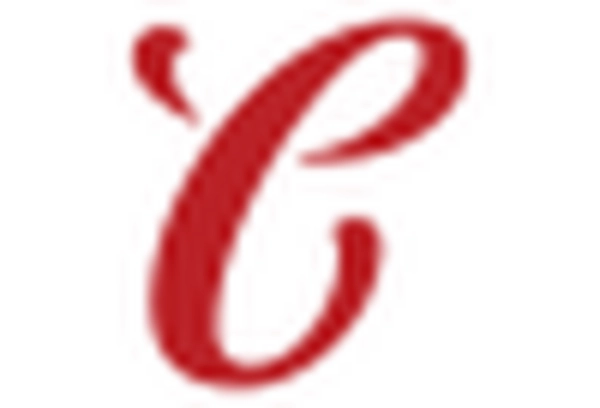


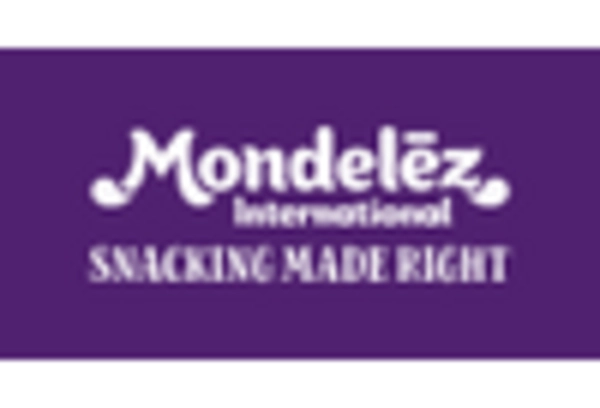










Leave a Comment